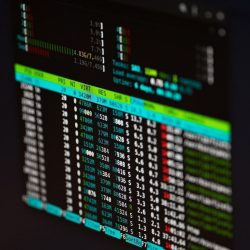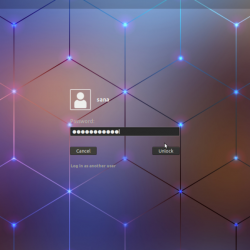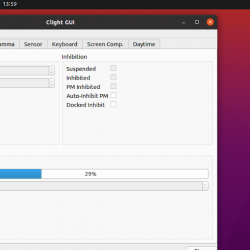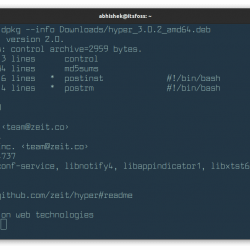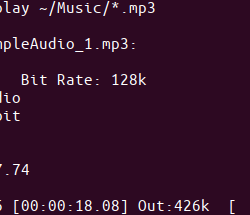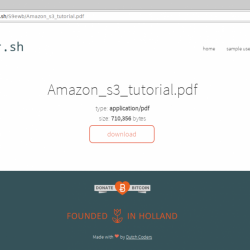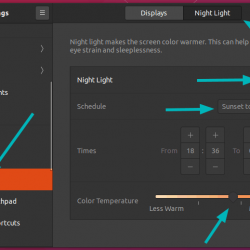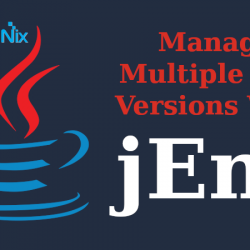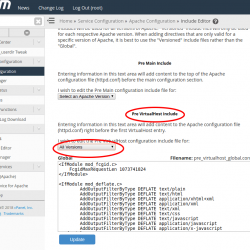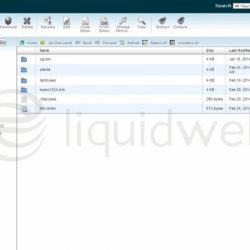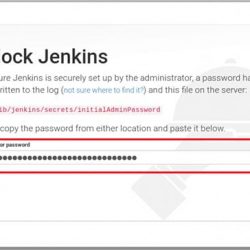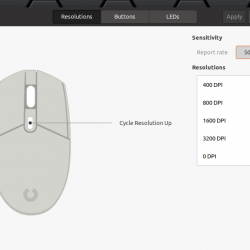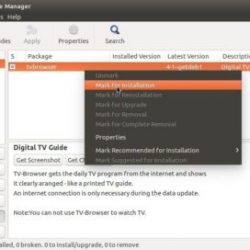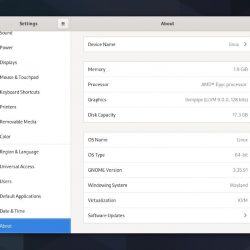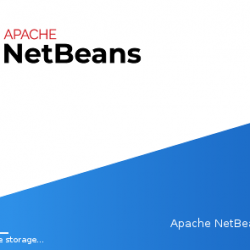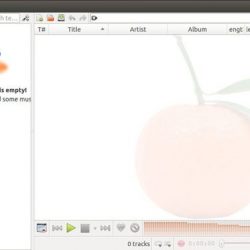在本教程中,我们将向您展示如何在 CentOS 7 服务器上安装和配置 lnav。 对于那些不知道的人,日志文件导航器 (lnav) 是一个增强的日志文件查看器,它利用可以从正在查看的文件中收集到的任何语义信息,例如时间戳和日志级别。 使用这些额外的语义信息,lnav 可以执行诸如交织来自不同文件的消息、随时间生成消息的直方图以及提供用于在文件中导航的热键等操作。 希望这些功能能够让用户快速有效地解决问题。
本文假设您至少具备 Linux 的基本知识,知道如何使用 shell,最重要的是,您将网站托管在自己的 VPS 上。 安装非常简单,假设您在 root 帐户下运行,如果不是,您可能需要添加 ‘sudo‘ 到命令以获取 root 权限。 我将通过在 CentOS 7 服务器上的逐步安装 lnav 日志文件导航器向您展示。
先决条件
- 运行以下操作系统之一的服务器:CentOS 7。
- 建议您使用全新的操作系统安装来防止任何潜在问题。
- 对服务器的 SSH 访问(或者如果您在桌面上,则只需打开终端)。
- 一种
non-root sudo user或访问root user. 我们建议充当non-root sudo user,但是,如果您在充当 root 时不小心,可能会损害您的系统。
导航功能
- 单一日志视图:所有日志文件内容根据消息时间戳合并到一个单一视图中。 无需手动关联多个窗口中的时间戳或找出查看旋转日志文件的顺序。
- 几种常见日志文件的自动格式检测。 它还检测 gzip/bzi2 文件并即时自动解压缩它们。
- 过滤器:仅显示匹配或不匹配一组正则表达式的行。 按错误级别过滤。
- 时间线视图:显示一段时间内的消息直方图。 警告和错误的数量在显示屏中突出显示,以便您可以轻松查看问题所在。
- 使用 SQL 查询日志:日志文件直接作为 SQLite 虚拟表的后盾。
- 自动数据提取:内置的日志消息解析器可以自动从格式清晰的日志消息中发现和提取有趣的数据。
- 实时操作:键入时搜索。 新的日志行在添加时会自动加载和搜索; 过滤器在加载时应用于行; 并且,在您键入时会检查 SQL 查询的正确性。
- 带有可配置着色的语法高亮
- 制表符补全
- 会话
- 支持 Linux 和 Mac
在 CentOS 7 上安装 lnav
第 1 步。首先,让我们首先确保您的系统是最新的。
yum clean all yum -y update
步骤 2. 安装 lnav。
对于 CentOS 7 或更早的版本,您需要先将 EPEL Repository 包含到您的 YUM 中:
yum install epel-release -y
现在,使用安装 lnav yum 命令:
yum install lnav -y
如何使用导航
首先看一下lnav采取的所有选项:
usage: lnav [options] [logfile1 logfile2 ...] A curses-based log file viewer that indexes log messages by type and time to make it easier to navigate through files quickly. Key bindings: ? View/leave the online help text. q Quit the program. Options: -h Print this message, then exit. -H Display the internal help text. -I path An additional configuration directory. -i Install the given format files and exit. -C Check configuration and then exit. -d file Write debug messages to the given file. -V Print version information. -a Load all of the most recent log file types. -r Load older rotated log files as well. -t Prepend timestamps to the lines of data being read in on the standard input. -w file Write the contents of the standard input to this file. -c cmd Execute a command after the files have been loaded. -f path Execute the commands in the given file. -n Run without the curses UI. (headless mode) -q Do not print the log messages after executing all of the commands or when lnav is reading from stdin. Optional arguments: logfile1 The log files or directories to view. If a directory is given, all of the files in the directory will be loaded. Examples: To load and follow the syslog file: $ lnav To load all of the files in /var/log: $ lnav /var/log To watch the output of make with timestamps prepended: $ make 2>&1 | lnav -t
让我们用一些例子来演示这个工具的工作原理,运行 lnav 命令,它将根据所有日志文件的最新时间戳开始显示实时信息:
lnav
恭喜! 您已成功安装 Seafile。 感谢您使用本教程在 CentOS 7 系统上安装 lnav 日志文件导航器。 如需其他帮助或有用信息,我们建议您查看 官方导航网站。

